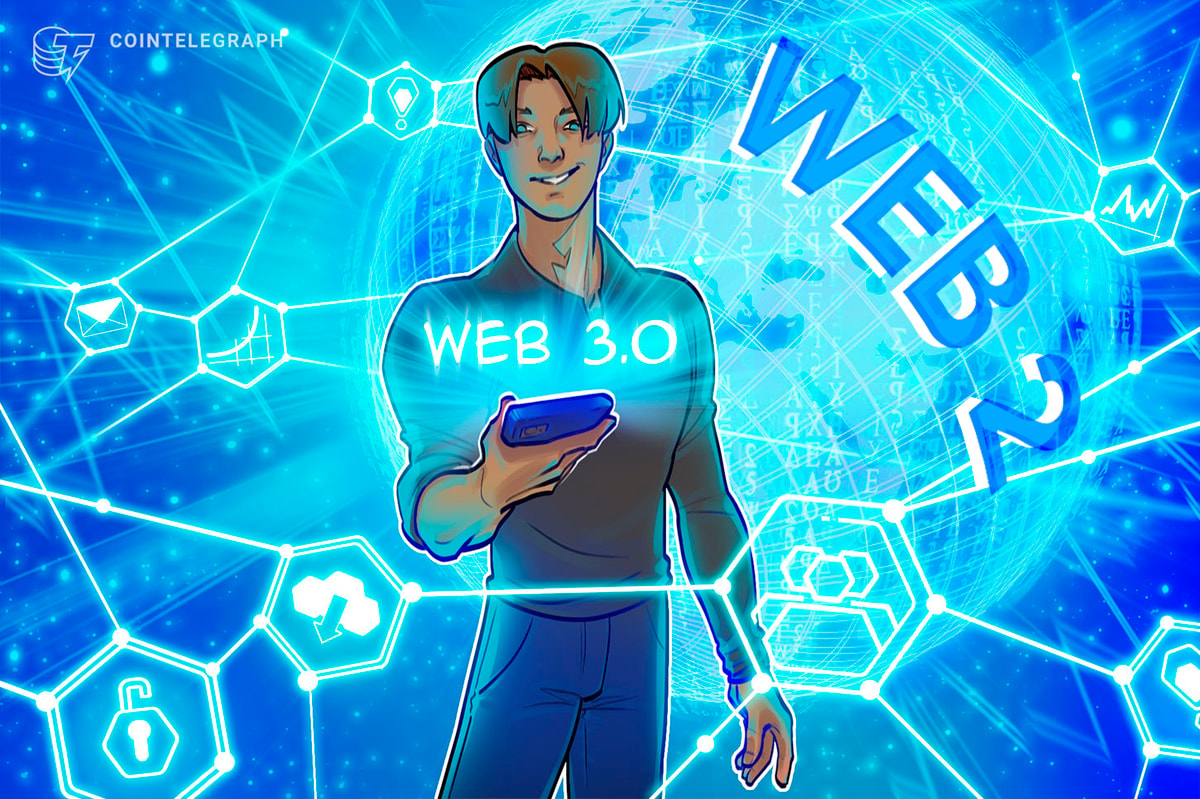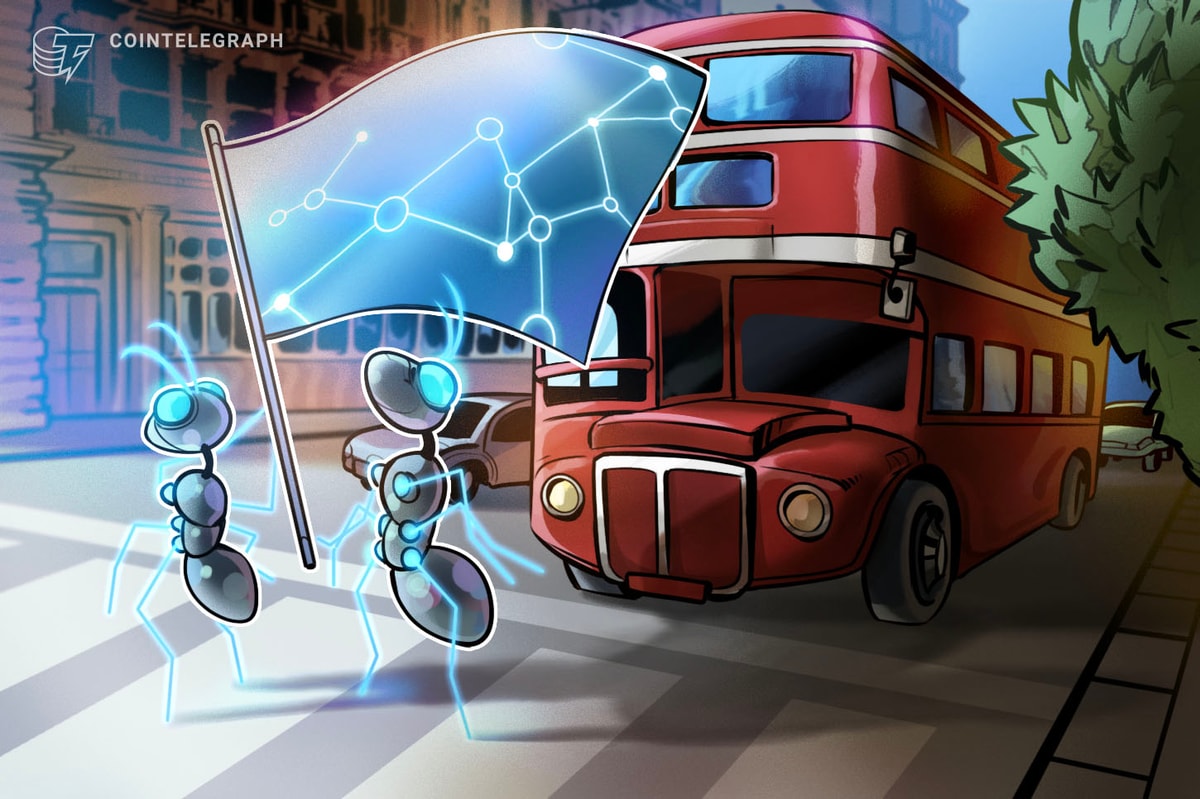Opinion by: Richard Johnson, chief operating officer of Data Guardians Network
In the ongoing drive to increase Web3 adoption, many Web3 enthusiasts and organizations continue to call for industries to move away from Web2 processes.
Whether it’s trying to make Web3 tools feel like a Web2 application or redefining business models to focus more on Web3 infrastructure, there is a vocal group that believes in demolishing Web2 for Web3 to grow.
This view is flawed.
Replacing existing systems is neither practical nor beneficial in the short term and risks limiting Web3’s growth and potential.
Getting people on side
Web3 offers solutions to challenges from economic issues to daily tasks, but it remains complex and intimidating outside the industry. Nearly two-thirds (63%) of US adults have “little to no confidence” that ways to invest in, trade or use cryptocurrencies are reliable and safe.
Meanwhile, Oxford University has identified the “trust paradox” of blockchain technology: The contradiction between blockchain’s assurances of removing worries over trust is inherently held back by the public image lacking confidence in the technology. Together, these trends demonstrate a broader confusion and lack of engagement from the mass market.
This trend fundamentally means that users will most likely “play it safe” with Web2 applications rather than risk experimenting on Web3. It’s this barrier that slows Web3 adoption. Innovators cannot rely solely on the benefits of Web3 but instead must engage with the existing infrastructure if they hope to draw in a wider audience.
A gradual shift
Technology rarely changes overnight. Just as cars once shared the road with horse-drawn carriages and fax machines coexisted with email, Web3 adoption will be a gradual process. It’s a common misconception that engaging with Web2 providers, processes or tools will undermine the core concepts of Web3. The reality is, however, that only by combining the two can we accelerate adoption.
Keeping Web3 isolated only limits its reach and reinforces public skepticism. Web2 apps, from websites to mobile platforms, are already familiar and trusted. Instead of dismissing this, developers can tap into that trust to bring more users into the Web3 space.
Related: Here’s how hybrid blockchain solutions bridge the gap between Web2 and Web3
The Web3 scaffold
Collaboration between Web2 and Web3 is already happening, primarily driven by Web2 providers. In finance, giants like PayPal, Visa and major banks are integrating crypto and blockchain services, legitimizing them for the mass market. Beyond finance, Amazon Web Services has launched Web3 labs, and Google Cloud is working with zero-knowledge proofs, weaving Web3 into traditional offerings.
While Web2 applications are pushing for a middle ground, Web3 developers can and should be doing the same, leveraging Web2’s established market to scale faster. Just as 4G supported the rollout of 5G, Web2 processes can help build better Web3 apps.
Looking at this in practice
Web3 developers can balance decentralization with the convenience users expect from Web2 by prioritizing accessibility, from sleek UX to human-readable names. They should also recognize how their products could benefit Web2 organizations.
Too often, Web3 enthusiasts assume their approach’s superiority is obvious, avoiding the work of explaining why it is better. This risks alienating users instead of winning them over. Demonstrating practical advantages through engagement with Web2 offerings can help bridge the gap between both sectors.
A clear example is the synergy between AI and blockchain. If every piece of data used to train an AI model were immutably tracked on blockchain, whether original or frontier data, its origin, usage and outcomes could be verified instantly, eliminating such disputes.
Fundamentally, a good idea will deliver whether it is a Web3 application or not.
Demonstrating this value — even if it means engaging with Web2 sectors — will enhance the legitimacy of the tool and gain greater attention from the mass market.
Engaging to innovate
While it may feel uncomfortable to lean into Web2 to establish a greater trust in a Web3 tool, the benefits are undeniable. Bringing any form of technology to the mass market can generate a range of issues, including day-one bugs or scaling challenges. Research from Nielsen shows that usability testing with real-world users can improve a product’s success rate by up to 500%. In this way, getting Web2 users to dip their toes into Web3 applications will mean a greater end product.
Debates over “Web2 vs. Web3” may grab attention, but successful companies rarely define themselves by the label. They are AI firms, financial institutions, consumer platforms and data companies, using whatever tools best serve their market. No customer wakes up wanting to use “a Web3 app”; they want better banking, smarter AI or more useful platforms.
The winners will be those quietly using Web3 to solve real problems, not chasing purity points.
Working with Web2 expands the user base, creating more opportunities to test, iterate and improve. Web3’s passionate community has yet to reach mass-market appeal, and achieving that means embracing Web2 processes, habits and infrastructure that have shaped technology adoption for decades.
Opinion by: Richard Johnson, chief operating officer of Data Guardians Network.
This article is for general information purposes and is not intended to be and should not be taken as legal or investment advice. The views, thoughts, and opinions expressed here are the author’s alone and do not necessarily reflect or represent the views and opinions of Cointelegraph.
Read the full article here















